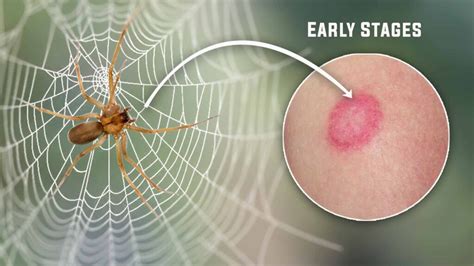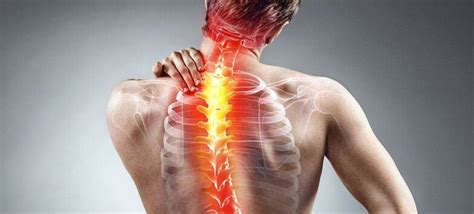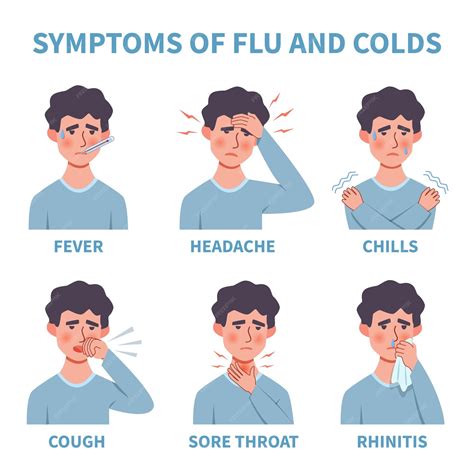Intro
Identify 5 key Brown Recluse spider bite symptoms, including necrotic lesions, severe pain, and systemic reactions, to seek prompt medical attention and prevent long-term damage from these venomous bites.
The brown recluse spider is a venomous spider that is native to North America, and its bite can be quite dangerous. While most spider bites are harmless, the brown recluse spider's venom can cause significant pain, inflammation, and even necrotic lesions. It's essential to recognize the symptoms of a brown recluse spider bite to seek medical attention promptly. In this article, we will delve into the five primary symptoms of a brown recluse spider bite and discuss the importance of early detection and treatment.
Recognizing the symptoms of a brown recluse spider bite is crucial, as prompt medical attention can significantly improve outcomes. The brown recluse spider's venom contains a compound called sphingomyelinase D, which can cause damage to skin tissue and underlying structures. If left untreated, a brown recluse spider bite can lead to serious complications, including infection, amputation, and even death. Therefore, it's vital to be aware of the warning signs and seek medical help immediately if you suspect you've been bitten by a brown recluse spider.
The brown recluse spider is found primarily in the Midwestern and Southeastern United States, and its bites are more common during the summer months when the spider is most active. While most brown recluse spider bites occur indoors, they can also happen outdoors, especially in areas with rocks, woodpiles, or other hiding places for the spider. By understanding the symptoms and risks associated with brown recluse spider bites, you can take steps to prevent them and seek prompt medical attention if you're bitten.
Identifying Brown Recluse Spider Bites

Primary Symptoms of Brown Recluse Spider Bites
The primary symptoms of a brown recluse spider bite can vary in severity, but they often include: * Severe pain or burning sensation at the bite site * Redness, swelling, and inflammation around the bite * Blistering or formation of an open sore * Necrotic lesions or dead tissue around the bite * Fever, chills, or other systemic symptomsSevere Pain and Burning Sensation

Redness, Swelling, and Inflammation
Redness, swelling, and inflammation are common symptoms of a brown recluse spider bite. The bite area may become red, swollen, and inflamed, with the surrounding skin becoming warm to the touch. In some cases, the inflammation may spread to other parts of the body, leading to more severe symptoms. It's crucial to monitor the bite area closely and seek medical attention if you notice any signs of infection, such as increased redness, swelling, or pus.Blistering and Open Sores

Necrotic Lesions and Dead Tissue
Necrotic lesions or dead tissue around the bite site are severe symptoms of a brown recluse spider bite. The spider's venom can cause the skin tissue to die, leading to the formation of necrotic lesions. These lesions can be painful and prone to infection, and they may require surgical debridement to promote healing. If you notice any signs of necrotic lesions or dead tissue, such as blackening of the skin or a foul odor, seek medical attention immediately.Fever, Chills, and Systemic Symptoms

Prevention and Treatment
Preventing brown recluse spider bites is essential, as the spider's venom can cause significant pain and inflammation. To prevent bites, wear protective clothing when working outdoors, especially in areas with rocks, woodpiles, or other hiding places for the spider. Seal any cracks or crevices around your home, and keep your living space clean and clutter-free. If you're bitten by a brown recluse spider, seek medical attention promptly. Your doctor may administer pain medication, antibiotics, or other treatments to promote healing and prevent infection.Seeking Medical Attention

Conclusion and Next Steps
In conclusion, recognizing the symptoms of a brown recluse spider bite is essential for prompt medical attention and effective treatment. By understanding the primary symptoms, such as severe pain, redness, swelling, blistering, and necrotic lesions, you can take steps to prevent bites and seek medical help if you're bitten. Remember to wear protective clothing, seal any cracks or crevices around your home, and keep your living space clean and clutter-free to reduce the risk of brown recluse spider bites.What are the primary symptoms of a brown recluse spider bite?
+The primary symptoms of a brown recluse spider bite include severe pain, redness, swelling, blistering, and necrotic lesions.
How can I prevent brown recluse spider bites?
+To prevent brown recluse spider bites, wear protective clothing when working outdoors, seal any cracks or crevices around your home, and keep your living space clean and clutter-free.
What should I do if I'm bitten by a brown recluse spider?
+If you're bitten by a brown recluse spider, seek medical attention promptly. Your doctor may administer pain medication, antibiotics, or other treatments to promote healing and prevent infection.
We hope this article has provided you with valuable information about the symptoms of a brown recluse spider bite. If you have any further questions or concerns, please don't hesitate to comment below. Share this article with your friends and family to raise awareness about the importance of recognizing brown recluse spider bite symptoms. By working together, we can promote education and prevention, reducing the risk of brown recluse spider bites and their potentially severe consequences.
